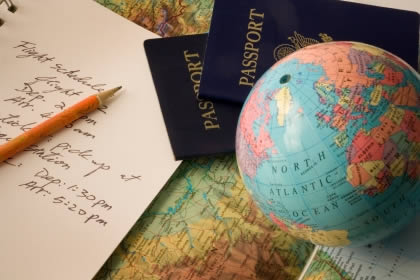History of Hawaii
The islands of Hawaii are a volcanic chain in the Pacific Ocean. It is unknown the exact time that the first settlers inhabited the islands but it is believed that they migrated from the Marquesas just north of Tahiti sometime between 600 or 700 AD. It was January 20, 1778 when Captain James Cook made first contact with the Hawaiian people on the island of Kauai. In 1810, King Kamehameha united all of the Hawaiian Islands. King Kamehameha was present at Kealekekua, Kona on the Big Island when Capt Cook’s ships arrived.
Soon after, King Kamehameha united all of the islands. With increased foreign ships arriving many native Hawaiians, similar to the Native Americans, began falling victim to foreign diseases. Hence, there numbers were greatly reduced.
Missionaries also started to arrive in 1820. From 1837 to 1840 almost 20, 000 Hawaiians were converted to Christianity. Prior to the Missionaries’ arrival, Hawaiian history and language had no written form and was preserved through chant and legend. The Missionaries created the written Hawaiian language enabling the Hawaiian people to read and write in their own written tongue. At this time, all foreigners were known as haole (pronounced How-lee), a saying which is still used today.
The Missionaries and other people among non-Hawaiian population worked vigorously to exterminate the hula mainly because the dances were associated with worshiping gods and goddesses. Despite this attempt, hula went underground and was never completely wiped out. During the reign of King Kalakaua (b. 1836, d. 1891), the Hawaiian culture enjoyed a resurgence. King Kalakaua was known as the Merry Monarch and is single handedly responsible for resurrecting the hula. Today there is the largest hula competition called the Merry Monarch held in Hilo on the Big Island every Easter Sunday for one week.
Hawaii’s economy began early on with merchants and whalers trading for goods with the Hawaiian people between 1778 and 1820. Soon the Whaling trade slowed down and plantations began to take the place of trade as Hawaii’s primary economic force. More workers were needed than the diminished Hawaiian population could provide and so immigrants were brought in to work on the plantations beginning with the Chinese in 1852.
Soon after in 1868, Japanese workers were imported and in 1878 the Portuguese, 1881 it was the Germans, 1903 Koreans, and in 1906 it was the Filipinos. At that time, the plantation employed about 36,000 agricultural labors.
This all led up to the culturally diverse melting pot that you see in Hawaii today. One of the bonuses of so many cultures coming together is the gastronomical delights that Hawaii has to offer.
On July 7, 1898, Hawaii was annexed by the United States and in 1959, Hawaii became the 50th state. Soon after Hawaii became a state, the first jet arrived and Ala Moana shopping center was built.
In 1927, the first non-stop air flight from the U.S. mainland, lands in Honolulu beginning Hawaii’s second largest economic factor at that time, which was tourism. In 1941 Dec 7, the Japanese bombed Pearl Harbor. The Japanese in Hawaii were not interned in relocation camps. In 1953 Waikiki beach sees its first bikinis. In 1969 Hawaii Five-O begins airing. In 1983, Kilauea Volcano begins its continuous eruption that is still happening to this day. In 1995 the last sugar plantation closes leaving tourism to be Hawaii’s main economic source.
Hawaii Cruises >>>
